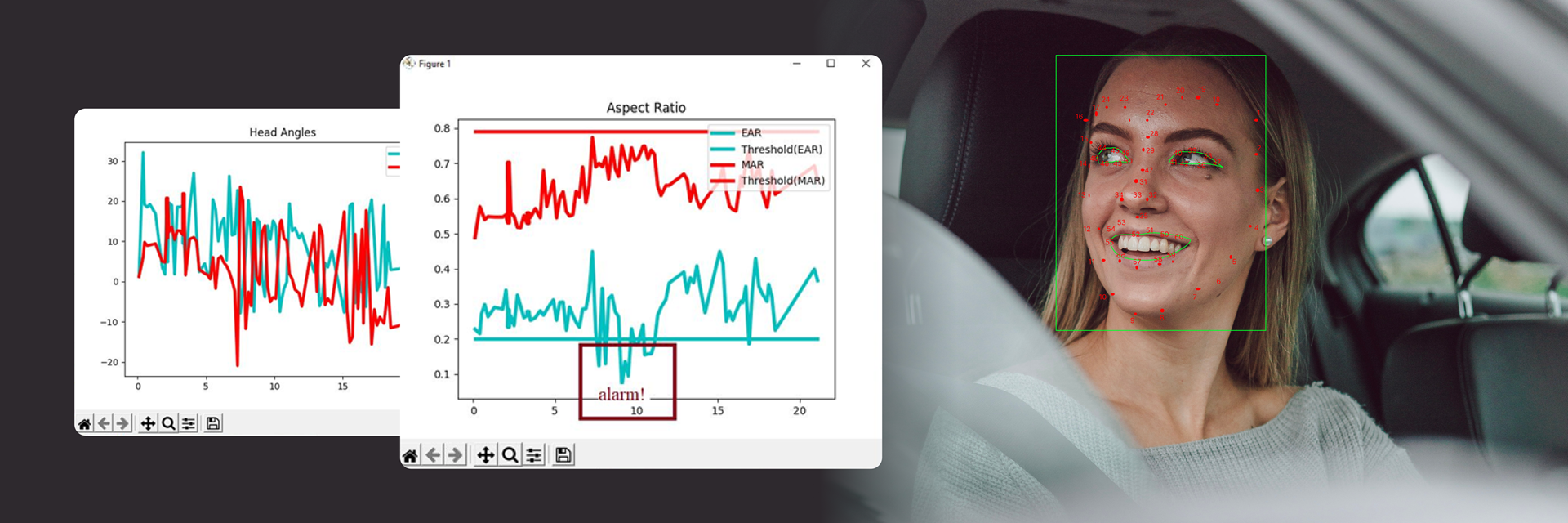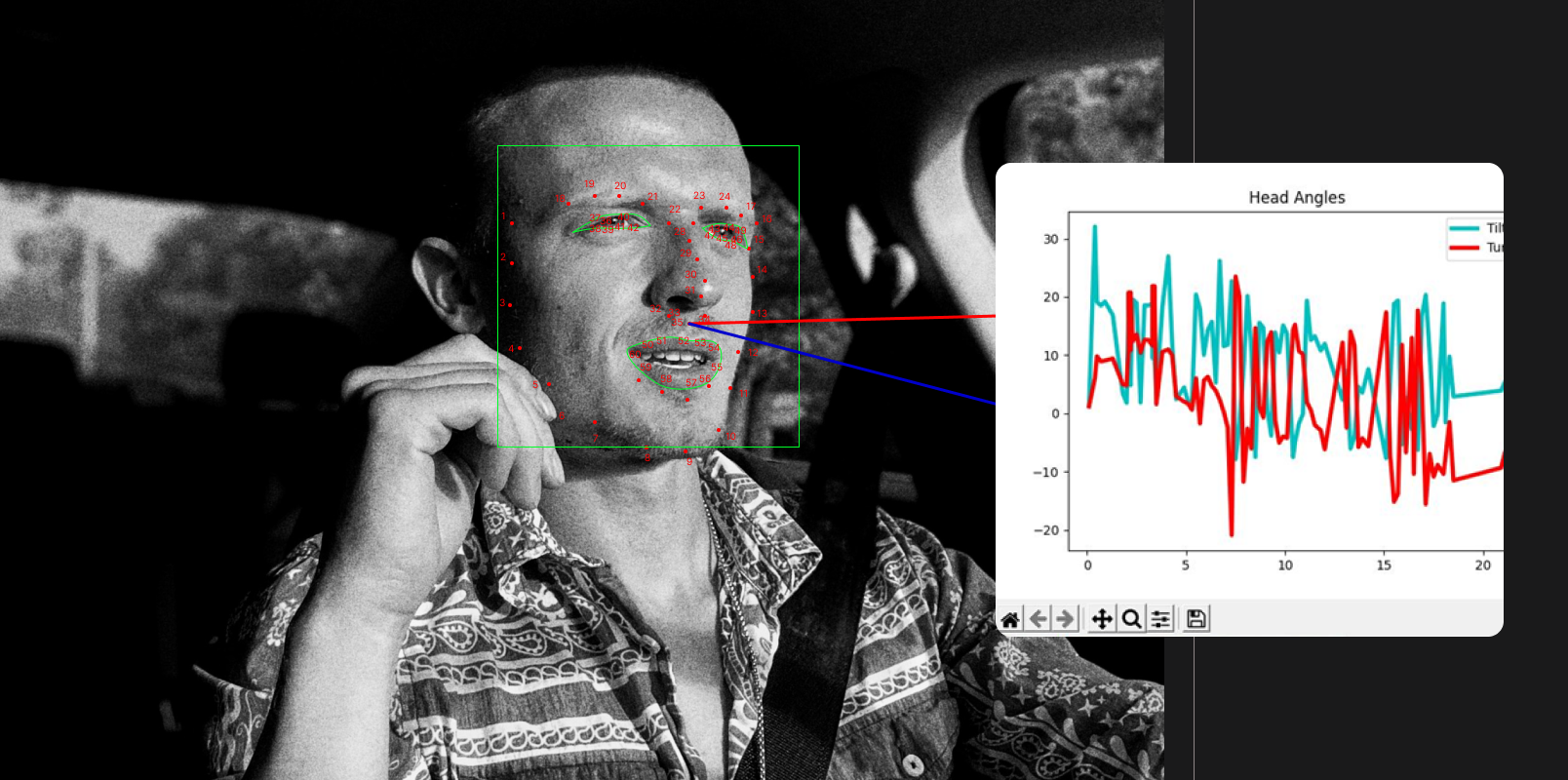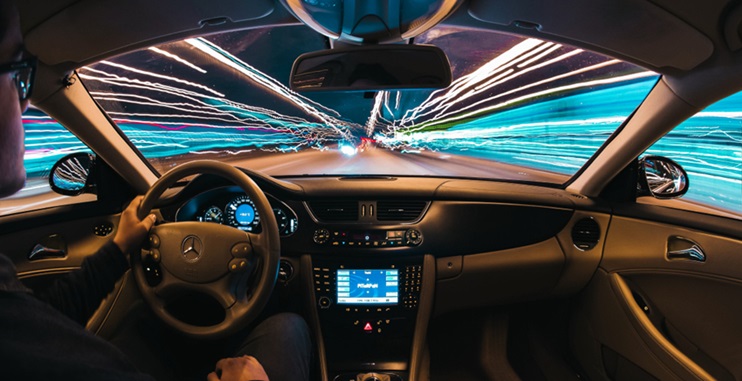What are the signs of fatigue behind the wheel and what does it lead to?
Fatigue behind the wheel is a serious problem that can be dangerous for both the driver and those around them. Several signs may indicate that a driver should take a break:
- Decreased attention and concentration: If a driver becomes less attentive to traffic conditions, is often distracted, or begins to react slower to situations on the road, it could be a sign of fatigue.
- Drowsiness and difficulty staying awake: The person starts yawning, has difficulty focusing their eyes, blinks more frequently, or has difficulty maintaining a proper driving position.
- Changes in speed and maneuvers: When fatigued, there may be unintentional changes in speed, such as frequent smooth braking or, conversely, unreasonable acceleration.
- Frequent mistakes and inattention to signs: If a driver starts to make unfamiliar mistakes, fails to notice signs, or has difficulty choosing the right road route, this can also be due to fatigue.
Sad statistics for drivers
The National Highway Safety Administration in the United States estimates that about 20% of fatal accidents are related to driver fatigue (about 100,000 accidents in which about a thousand people die each year). There have also been studies in other countries with similar findings.
Especially at risk are truck drivers, because after four hours spent behind the wheel without a break – the reaction speed of the driver drops by half, after eight hours – by six times.
Some countries include fatigue at the wheel as a factor in police reports, but this may still underestimate the actual number of fatigue-related incidents, as it often remains unaddressed or overlooked in investigations.
How the IT industry has reduced the number of fatigue-related accidents
To reduce this sad statistic, many leading automakers started developing their driver fatigue tracking systems back in the late 90s. The pioneer in this area was the IT department of Volvo, which presented in the late 90s a simple by today’s standards system for tracking the position of the steering wheel relative to the road markings.
Later, Mercedes introduced a new version of the system with a large number of parameters, including recording “ideal driving” comparing it with the current one, and calculating the difference.
There are several technologies and systems that automakers are implementing to determine driver fatigue:
- Fatigue Monitoring: This system analyzes driver behavior based on their actions behind the wheel, such as maneuvers, reaction to traffic changes, eye movement, etc. Suppose the system detects signs of fatigue (such as frequent lane changes, unusual maneuvers, or increased sleepiness). In that case, it can alert the driver or even activate an emergency alert to prevent a possible accident.
- Driving sensors and attention monitors: Some cars are equipped with sensors that track the driver’s eye movements or even monitors that analyze heart rate and other physiological indicators. This allows the system to determine the driver’s level of wakefulness.
- Lane Departure Warning Systems: While this does not detect fatigue, this system helps prevent potential accidents when a driver begins to veer out of their lane unintentionally. This can be due to fatigue or loss of attention.
- Neural interfaces and behavioral analysis: Some companies are working on technologies that use neural interfaces to analyze a driver’s brain activity to determine their level of fatigue or concentration.
Our own experience in implementing fatigue or drowsy driving detection systems
At IT-Dimension, we have introduced an efficient and autonomous system that, unlike many products from automakers, is not tied to the specific equipment of certain premium cars manufacturers. The setup uses cameras and sensors to track driver behavior, including the analysis of specific points on the face and their position.
The system is based on the use of the Dlib library, which helps to collect the facial landmark points – a 68-point set. The app detects:
- eyes (open/closed (the eye aspect ratio is calculated according to facial landmark points)),
- mouth (open/closed – the mouth aspect ratio is calculated according to facial landmark points),
- head rotation (left/right) and its inclination (up/down) by Euler angles.
Therefore, if the system notices abnormal behavior or signs of fatigue, it can alert the driver with a sharp “beep”. Threshold values for aspect ratio were taken from researched publications on driver drowsiness. Empirics can be configured:
We also have another version of such a system. It is based on the use of convolutional neural network (CNN), where only the eyes state is detected. The audible signal sounds according to the same algorithm as in the 1st app.
Contact us if you are interested in the development of a similar solution or if you need consultation. Our team has extensive experience working with monitoring systems, neural networks, and solutions for security or transportation in general. Let’s build safer and more efficient environment together!








